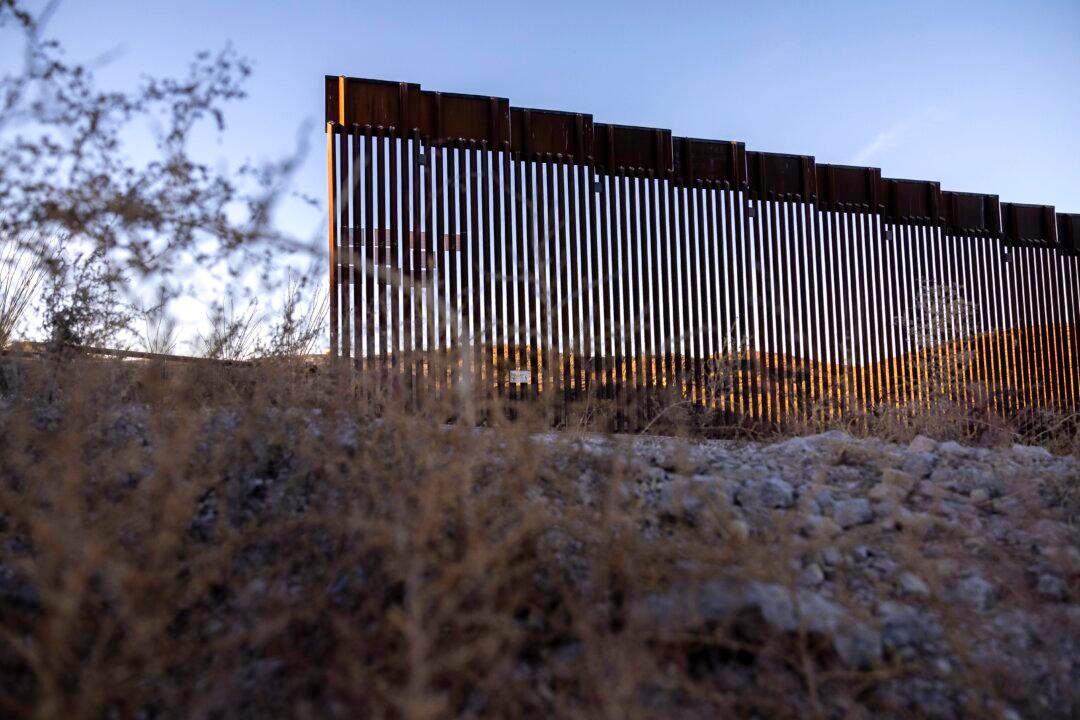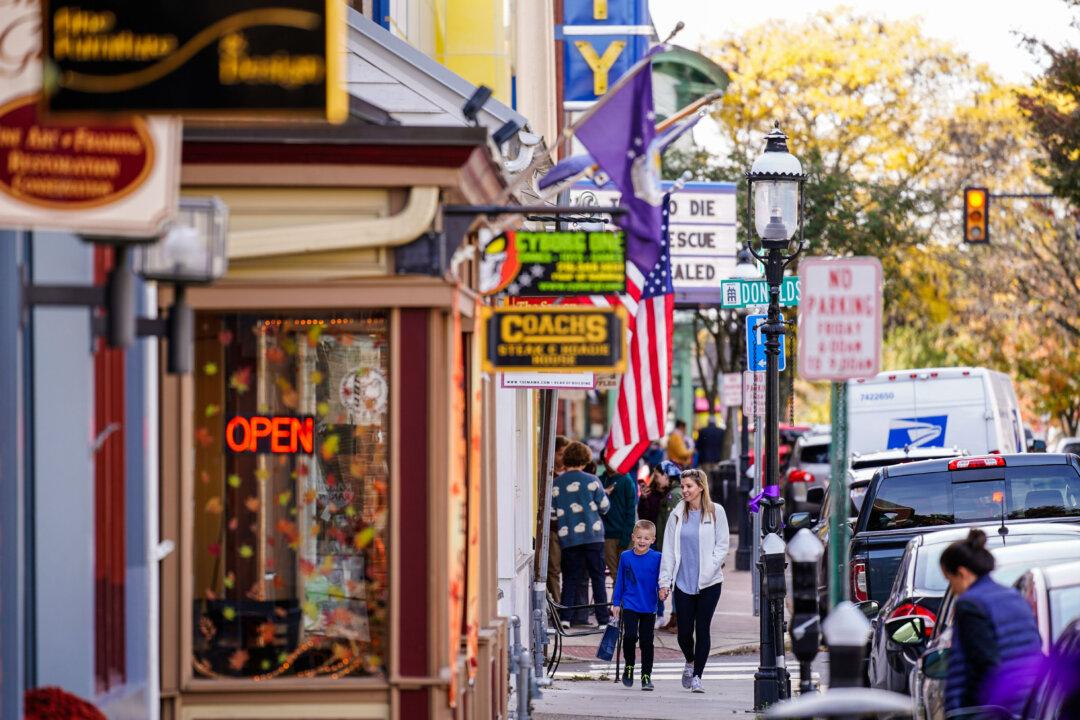The investments “are expected to create more than 12,000 new jobs, including nearly 6,500 construction jobs, as well as 1,000 jobs at new and expanded facilities.”
As part of the investments, a gene therapy-manufacturing facility will be opened in Pennsylvania, a new manufacturing facility in Indiana for continuous glucose monitoring, and a 900,000 square-foot manufacturing facility to support the company’s weight-loss medicine portfolio.
A new research and development (R&D) center in Massachusetts is also being planned, which aims to conduct “cutting-edge artificial intelligence (AI) research” and serve as a “hub for our new cardiovascular, renal, and metabolism research and development efforts,” said Roche.
Manufacturing and distribution capabilities in California, Indiana, Kentucky, New Jersey, and Oregon will be expanded and upgraded.
Existing pharmaceuticals and diagnostics R&D centers in Arizona, California, and Indiana will also see “significant” expansion and upgrades.
Novartis said the investment will allow the company to manufacture 100 percent of its key drugs within the country end-to-end.
Tariffs on pharmaceutical products are also on the cards.
According to Roche, after the expanded and new manufacturing capacity comes online, the company expects to export more medicines from the United States than it imports.
“Today’s announced investments underscore our long-standing commitment to research, development, and manufacturing in the U.S.,” said Thomas Schinecker, Roche Group CEO.
“Our investments of US$50 billion over the next five years will lay the foundation for our next era of innovation and growth, benefiting patients in the U.S. and around the world.”
Pharma Tariffs
During an April 8 speech at the National Republican Congressional Committee, Trump said pharma tariffs shall soon be implemented.“And once we do that, they’re gonna come rushing back into our country because we are the big market,” he said.
“The advantage we have over everybody is that we are the big market. So, we’re gonna be announcing, very shortly, a major tariff on pharmaceuticals. And when they hear that, they will leave China, they will leave other places, because most of their products are sold here.”
The investigations were initiated under Section 232 of the Trade Expansion Act, which empowers the president to implement tariffs on imported items deemed to be a national security threat.
The bank estimated the United States to have consumed around $560 billion worth of pharmaceutical products last year, out of which roughly $200 million (36 percent) was imported.
“In recent years, Ireland has been the main import partner of the U.S., followed by Germany and Switzerland, and these are the countries that are going to be hit particularly hard should the threat become a reality,” ING said.







